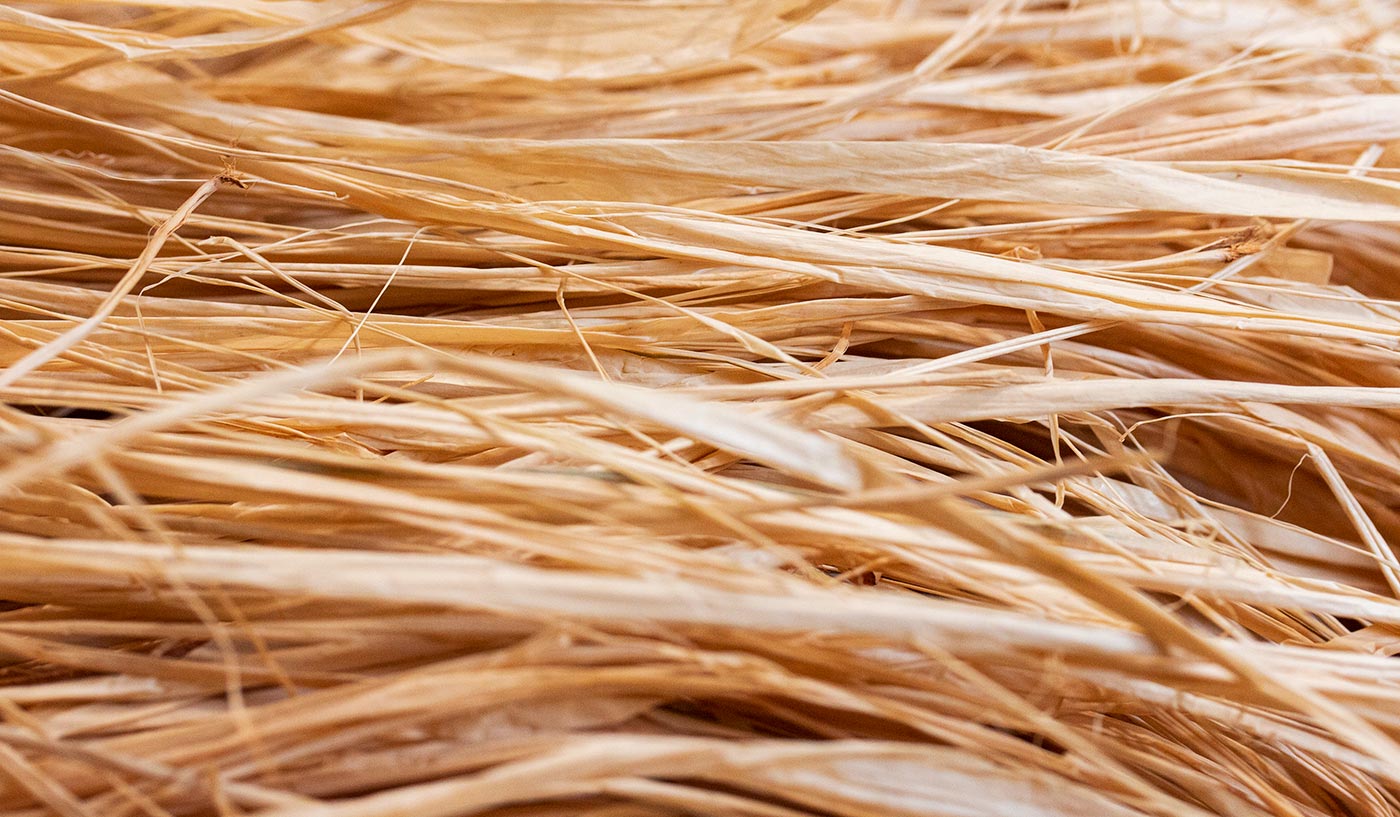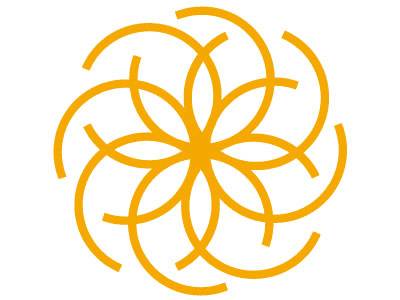What is Rafia?

Rafia is a coarse and durable fiber that is used in various industries such as cordage, basketry, and the production of woven mats and bags. Rafia is obtained from the fronds of certain species of palms in the genus Raphia that grow in the tropical regions of Africa.
Thanks to its robust and coarse properties, rafia is ideal for producing strong and durable fabrics that can last for many years without losing their shape and texture.
In its natural form, rafia can be used to produce items such as carpets, baskets, and other woven objects, while synthetic rafia, produced from polyolefins like polypropylene, has become more common and is used in many sectors, from fashion to the textile industry.
History of Rafia

The history of rafia dates back thousands of years, when humans first started using this fiber to produce woven objects. Traces of rafia have been found in Egyptian tombs dating back more than 5000 years, demonstrating the ancient use of this material.
Over the centuries, rafia has been used worldwide to produce carpets, baskets, and other woven objects. For example, in Africa, rafia has been used to create baskets and other items for transporting goods, while in Asia, rafia has been used to produce mats and carpets. During the Middle Ages, rafia was a highly valued material and was used to produce luxury items such as headdresses and bags.
Throughout the centuries, rafia has maintained its popularity due to its robustness and durability, making it ideal for producing everyday items.
Today, rafia is still used in many sectors, from the cordage industry to the production of textiles and household items. Rafia has also become a popular material in fashion, where it is used to produce accessories such as bags, sandals, and belts.
In summary, the history of rafia is a long and rich one, demonstrating the importance of this material in daily life and its ability to adapt to the needs and demands of the times.
Characteristics of Rafia
Rafia is a fiber with unique and valuable properties. Firstly, it is a very strong and durable fiber, capable of withstanding daily wear and weather elements such as rain, wind, and sun.
Thanks to its coarseness, rafia can maintain its shape and texture even after years of use, without fraying or breaking easily.
It is resistant to mold and pests, making it ideal for producing outdoor items like rugs and mats. Rafia is also easy to work with and can be handwoven to create items like baskets, bags, and other objects.
Despite its unique properties, natural rafia is more expensive compared to synthetic rafia, which has become increasingly popular in recent years.
In any case, rafia remains a highly valuable and useful material, appreciated worldwide for its properties and ability to withstand the test of time.
Difference between Natural and Synthetic Rafia
The main difference between natural and synthetic rafia is their origin. Natural rafia is obtained from the fronds of certain species of palms in the genus Raphia, which grow in the tropical regions of Africa.
Synthetic rafia is produced through the extrusion of polyolefins like polypropylene. Natural rafia has a rustic and irregular appearance, while synthetic rafia has a more uniform and glossy look.
Natural rafia is generally stronger and more durable than synthetic rafia but also has a higher cost. Synthetic rafia is more economical and sustainable if produced with recycled materials, but it has a negative environmental impact due to the use of non-renewable materials.
The choice between natural and synthetic rafia depends on individual needs and preferences, but it is important to consider the origin and processing of the rafia to choose the best option for the intended use.
How Rafia is Worked

Working with rafia requires a certain level of skill and patience. Rafia can be handwoven to create items like baskets, rugs, and bags, or it can be machine-processed for the production of cordage and textiles.
Handworking rafia requires a good knowledge of weaving techniques, such as the "twining" technique, which involves intertwining two rafia strands together.
Rafia can also be woven using the "coil weaving" technique, which involves wrapping a rafia strand around itself to create spiral objects like rugs and plates. There are also dyeing techniques for rafia that allow for a wide range of colors to be achieved.



